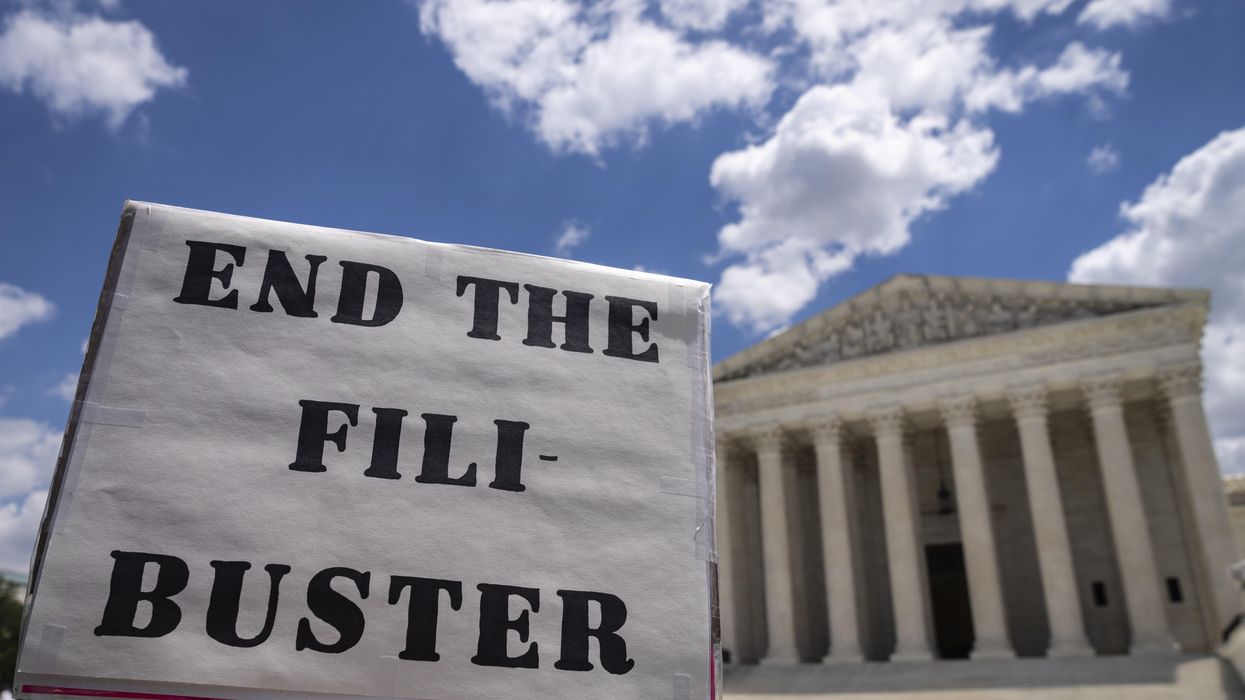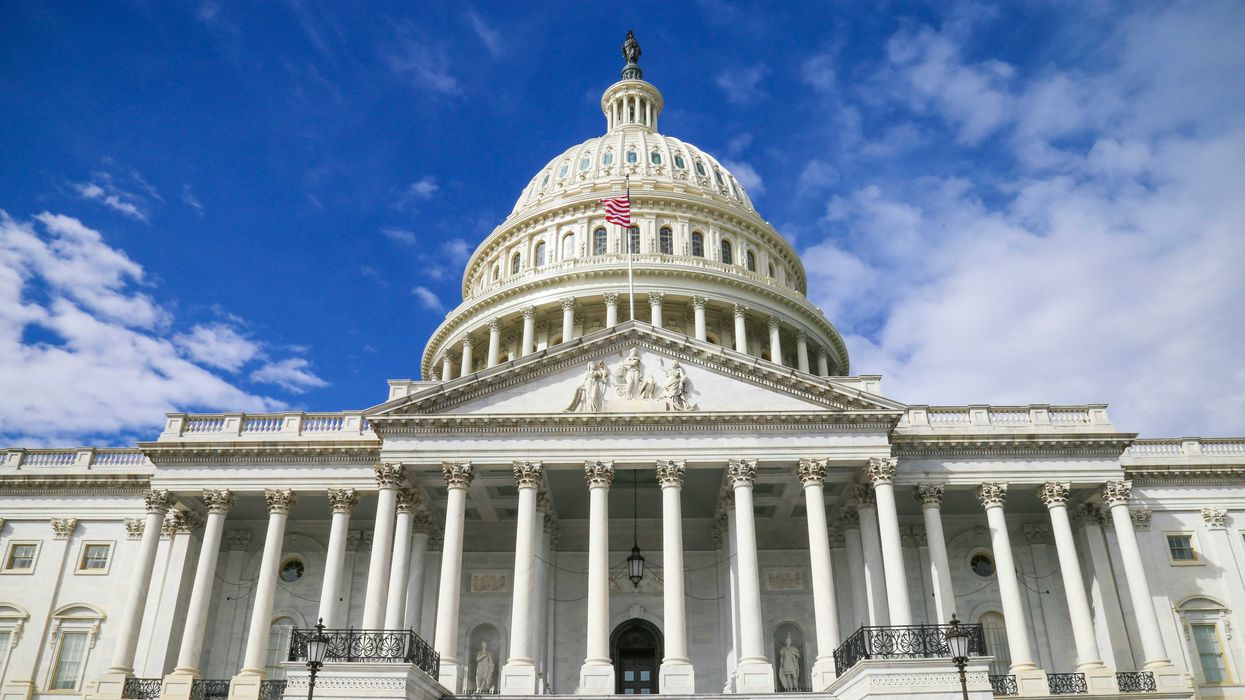Media coverage of President Donald Trump’s One Big Beautiful Bill Act (OBBBA) mostly focused on the deep cuts coming to Medicaid, which will potentially result in an estimated 10 to 12 million low-income and disabled Americans losing their health care access. But receiving much less media attention was the impact that the OBBBA is projected to have on health care costs for millions of middle-class Americans. Five months from now, those Americans are going to be shocked when they are presented with substantial increases in their monthly premiums.
That’s because major changes are coming to the Affordable Care Act program, otherwise known as Obamacare. In 2024, Obamacare helped a record 24 million Americans access affordable care. As more people are learning about the White House’s changes to Obamacare, it is spreading fear and uncertainty across the country.
My friend Tina is a mental health therapist, and after talking with a health care consultant, she learned that her health care premiums may double starting in January 2026. That would make health care unaffordable to her, and she would have to either drop her health care or cancel her private practice and find a therapist job with an employer that provides health care. Many Americans will be facing similar forks in the road.
The Affordable Care Act was enacted in 2010 and went into full effect in 2014. It fell short of achieving its goal of universal health coverage, mainly because many conservative states refused to participate, even when the federal government offered to pay for it. Nevertheless, it provided individual health insurance for millions of uncovered Americans and greatly reduced anxiety among people with preexisting conditions who no longer had to fear denial of coverage. It also opened up career pathways for people who no longer had to stay trapped in bad jobs for fear of losing health care coverage from their employers.
All of these gains for millions of Americans are being threatened by the Trump administration’s health care policy.
The health care tsunami that’s coming
Here’s the tsunami that’s coming. First, health care insurers for individuals enrolled in ACA/Obamacare marketplace plans are looking to enact the largest premium hikes in more than seven years of around 15%. A quarter of insurers are proposing hikes of 20% or more.
Second, in 2021, the Biden administration passed a pandemic-era subsidy in the form of “enhanced premium tax credits” that made Obamacare more affordable. Enrollees were able to use these credits to lower their premium costs upfront or by claiming the credits at tax time. Biden also expanded the number of Americans who were eligible for those enhanced subsidies, which led to the ACA marketplace more than doubling in size since 2020, especially among Black and Latino families.
By 2024, a record 93 percent of ACA marketplace enrollees, some 20 million people, received subsidies to help pay for their health care premiums. Had it not been for the enhanced subsidies, annual premium payments for enrollees would have been on average $1,593 instead of the current $888. That $705 savings per individual is equivalent to a 44 percent reduction in premium costs.
President Trump’s “big beautiful bill,” signed into law on July 4, made permanent the Republicans’ 2017 income tax cuts, which massively benefited the wealthiest Americans. But, unfortunately, it did not continue the Biden administration’s enhanced ACA subsidies. So those subsidies, which did so much to make health care more affordable for millions of Americans, will expire at the end of 2025, causing premiums to spike for most ACA enrollees.
According to Larry Levitt, an executive vice president with KFF, a health policy research group, what people will actually end up paying out of pocket for their monthly premiums is going to increase, on average, by more than 75%. People in some states will see their payments more than double. A family of three earning $110,000 a year and enrolled in a silver ACA plan could see their monthly cost jump from $779 this year to $1,446 in 2026, when the Biden subsidies expire, according to KFF. If, in addition, health care insurers raise premiums by 15-20%, as expected, the monthly bill could climb even higher, to $1,662, more than doubling current monthly premiums.
This will have a domino effect. It will make health care unaffordable for millions of Americans, such as my friend Tina, pushing them to leave the ACA exchanges and opt out of health care entirely. Insurers expect those existing beneficiaries will likely be younger and healthier, leaving behind sicker, older, and more expensive enrollees in the risk pool. With fewer people enrolled, insurers would have to spread the costs among a smaller group of people. This would further prompt insurers to raise their premiums even higher. A vicious circle could unfold, resulting in evermore Americans dropping their health care coverage, even as premiums soar.
The White House’s OBBBA also added a number of new hurdles for people who get their health insurance through the ACA that will make it harder for individuals to enroll or to keep their coverage. This includes adding new paperwork requirements to renew coverage, stricter verification protocols, and shorter enrollment windows, basically throwing up an obstacle course of administrative barriers that is projected to cause even more people to lose their ACA insurance coverage.
According to analyses from the Congressional Budget Office, a nonpartisan agency that provides budget information to Congress, anywhere from four million to eight million people are projected to lose their coverage in 2026 if the Biden subsidies do not get extended. People like my friend Tina are now caught in the vice grip of a Trump political machine that is methodically ripping apart Obamacare.
Conservative states will be hurt the most
Some people and some states will feel these impacts more than others. Many of these Obamacare cuts will be felt in conservative areas, especially among people who are working- and middle-class and voted for Donald Trump. States that President Trump won have accounted for 88% of Obamacare marketplace enrollment growth since the 2021 subsidies were enacted, including states like Texas, Georgia, and Florida, where in some parts of the state, depending on the individual or married couple and their income levels, premiums are predicted to rise anywhere from 150% to 300% (see interactive map here). On average, states that voted for President Trump saw ACA enrollment grow by 157% while states that voted for Kamala Harris saw a 36% increase in enrollment.
In California, people earning less than 400% of the federal poverty level (about $60,600 per year for an individual) are projected to pay an average of $191 more monthly. People right at the 400% line will no longer receive any subsidies. An estimated 170,000 middle-income Californians will lose financial assistance entirely, leaving them to pay the full price and falling off what has been called a “subsidy cliff.” When adding in the new administrative obstacle course requirements, nearly 600,000 Californians are expected to lose their health insurance coverage.
Colorado officials are estimating that nearly 100,000 Coloradans will lose their health insurance coverage. Colorado Insurance Commissioner Michael Conway says, “We have been warning folks…Premium increases hitting over 300,000 Coloradans means many will have to choose between access to health care and groceries, between access to health care and paying their mortgage. The sad reality is that many of those folks will be forced to gamble with their health because they simply cannot afford these rate increases caused by the federal government.”
It’s puzzling that the Trump administration was so dedicated to making sure the income tax cuts, which predominantly benefited the wealthiest of Americans, did not expire, but it allowed the tax credits that made Obamacare affordable for nearly 20 million middle- and working-class Americans to expire. This is going to create significant financial pain for millions of families.
These changes are coming very quickly, by January 1, 2026. Trump and the Republican Congress still have time to extend the subsidies before then. Meanwhile, people like my friend Tina are scrambling to find affordable health care, even as most Americans do not even know that a health care tsunami is hovering off the coast, heading their way.
Steven Hill was policy director for the Center for Humane Technology, co-founder of FairVote and political reform director at New America. You can reach him on X @StevenHill1776.




















